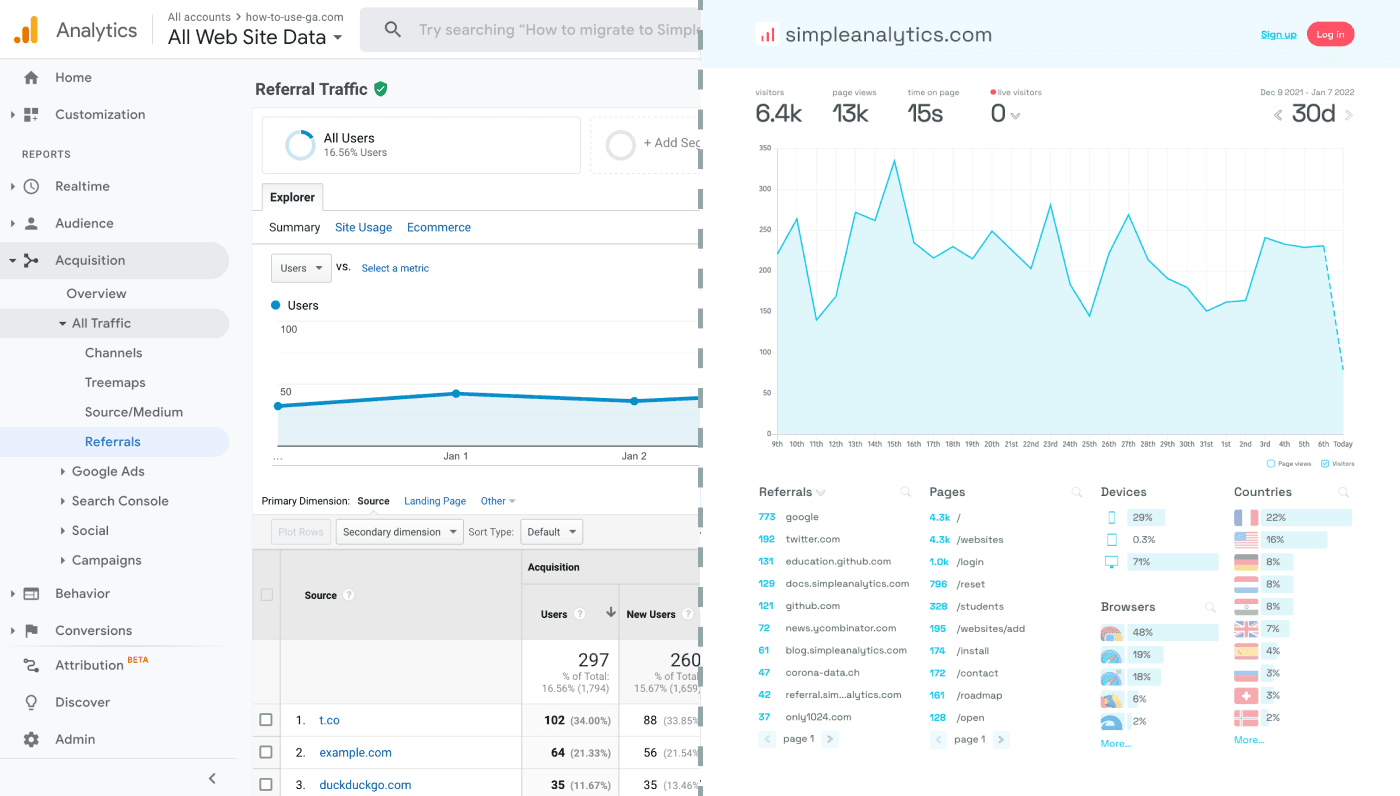Necessary Insights on When Does the Google Analytics Tracking Code Send an Event Hit to Analytics for Accurate Coverage
Necessary Insights on When Does the Google Analytics Tracking Code Send an Event Hit to Analytics for Accurate Coverage
Blog Article
Master Web Site Insights With Accurate Google Analytics Tracking Code
The efficient usage of Google Analytics hinges on the exact implementation of its monitoring code, an essential action commonly neglected by internet site owners. What are the usual risks that could undermine your monitoring initiatives, and exactly how can you ensure accuracy in your strategy?
Understanding Google Analytics Essentials
Google Analytics is a necessary tool for internet site proprietors and marketing professionals, supplying important understandings into user actions and site performance. At its core, Google Analytics gathers data regarding site visitors to a website, enabling individuals to assess metrics such as web traffic resources, customer engagement, and conversion rates. Recognizing these fundamentals is important for maximizing a web site's efficiency and boosting user experience.
The platform utilizes cookies to track interactions, videotaping information such as web page sights, session durations, and bounce rates. This information is aggregated and provided with adjustable control panels, making it possible for users to imagine patterns gradually. Trick efficiency indications (KPIs) can be monitored, such as the total number of users, new versus returning visitors, and the geographical circulation of the target market.
Moreover, Google Analytics provides segmentation features, allowing individuals to separate particular website traffic sources or customer demographics for more targeted evaluation. By understanding these fundamental elements, web site proprietors can make informed decisions about content strategy, advertising and marketing projects, and total site improvements. Ultimately, comprehending Google Analytics fundamentals is essential for leveraging data to drive development and achieve business objectives properly.
Establishing Up Your Monitoring Code

Copy the provided monitoring code and paste it right into the HTML of your website. This makes certain that the tracking code loads before any type of other web content, allowing it to catch data precisely.
After setup, verify that the monitoring code is operating correctly by utilizing Google Tag Assistant or the Real-Time records in Google Analytics - when does the google analytics tracking code send an event hit to analytics?. This action is vital to verify that your data collection is precise and energetic, establishing the foundation for insightful analysis
Typical Tracking Code Issues
Many website owners come across common issues with their Google Analytics tracking code that can impede information collection and analysis. One widespread concern is incorrect setup. This might take place when the monitoring code is placed in the incorrect section of the web site's HTML, commonly causing insufficient or absent information. Additionally, having multiple circumstances of the monitoring code on a solitary page can result in inflated metrics, as individual communications may be counted greater than as soon as.
Another concern develops from making use of advertisement blockers, which can avoid the tracking code from implementing completely, hence skewing data. when does the google analytics tracking code send an event hit to analytics?. Moreover, failing to set up filters correctly can lead to the exclusion of vital website traffic resources or the incorporation of unwanted reference spam, distorting the data gathered
Website proprietors might likewise overlook the significance of tracking code updates, particularly when migrating to Google Analytics 4 (GA4) from Universal Analytics. Lastly, inadequate screening prior to introducing changes can lead to unseen mistakes in the tracking code, further complicating data dependability. Resolving these common problems is essential for making certain exact monitoring and insightful analytics.
Studying Site Information Effectively
Exact data collection is just the very first step in leveraging Google Analytics; the real value lies in properly evaluating that data to drive enlightened decision-making. To achieve this, it is vital to recognize essential performance signs (KPIs) that align with your business goals. Concentrate on metrics such as conversion prices, user involvement, and web traffic resources, as these will supply understandings right into individual habits and the total effectiveness of your site.
Using Google the original source Analytics' division functions permits a much deeper understanding of your audience. By breaking down data into details demographics, actions, and traffic channels, you can discover fads and patterns that educate targeted methods. Carrying out custom-made records and control panels can enhance this procedure, enabling quick accessibility to pertinent data.
In addition, routinely assessing information fads in time assists to recognize anomalies and chances for renovation. Use visualization tools to present data in an easily digestible format, promoting more efficient communication with stakeholders. Inevitably, the ability to assess site data properly encourages companies to make critical choices that boost user experience, optimize advertising and marketing initiatives, and drive growth.

Finest Practices for Accurate Monitoring
Carrying out effective tracking techniques is important for obtaining trustworthy information in Google Analytics. To guarantee precise monitoring, start Resources by appropriately setting up the Google Analytics tracking code on every web page of your web site. This can be achieved with a tag manager or by straight installing the code right into the HTML.
Following, configure your Google Analytics account to exclude internal web traffic. This can be done by setting up filters that identify and remove gos to from your company's IP address, therefore avoiding skewed data. In addition, make use of occasion tracking to keep an eye on details user interactions, such as downloads or video plays, which common web page sights might ignore.
Consistently examine your tracking arrangement to verify that all functions, such as goals and ecommerce tracking, are functioning appropriately. Establish a regular identifying convention for your events and campaigns to help with easier reporting and evaluation.
Finally, take into consideration leveraging UTM specifications for projects to acquire insights right into the efficiency of different advertising and marketing efforts. By adhering to these finest techniques, you can boost the accuracy of your data collection and analysis, eventually bring about more educated decision-making for your website.
Final Thought
By making sure the monitoring code is properly put and routinely investigated, web site owners can catch important user interaction data, thus assisting in the identification of essential efficiency indicators. Inevitably, a durable tracking structure boosts the capacity to drive engagement and improve total internet site performance.

Inadequate testing before introducing modifications can result in unnoticed mistakes in the monitoring code, additionally making complex information integrity.Executing effective tracking practices is essential for acquiring dependable data in Google Analytics. By making sure the tracking code is correctly positioned and consistently audited, site owners can capture vital individual interaction data, thus promoting the identification of vital efficiency indicators.
Report this page